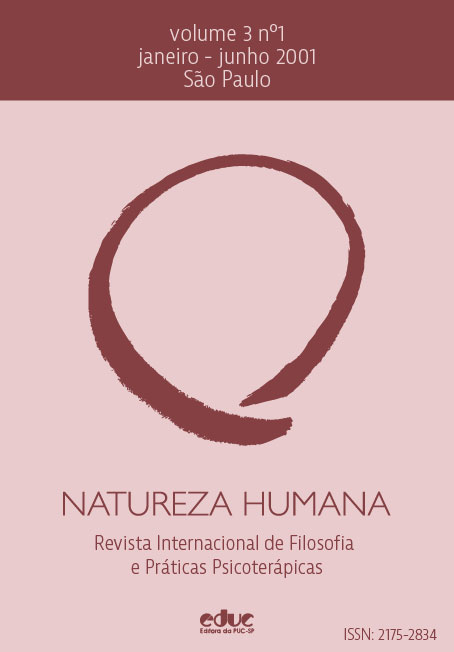Subjectivity as response and centering. Multiplicity and unity in the figures of the self
DOI:
https://doi.org/10.59539/2175-2834-v3n1-748Keywords:
identity; selfhood; responsiveness; self-affection; inwardness.Abstract
This article attempts to differentiate, characterize and order various figures of identity in post-Husserlian phenomenology. First, issues raised by Heidegger's analysis of selfhood are pointed out. Secondly, attention is given to two divergent trends. On the one hand, Levinas contends that a fission of identity is the outcome of responsibility for others, and Waldenfels advances a logic of responsiveness that questions self-development and self-preservation. On the other hand, Ricoeur argues that the ordering of life in a story amounts to a narrative identity, and M. Henry affords an elaborate analysis of inward life as a process of self-affection. Finally, on the basis of distinctions outlined by X. Zubiri, it is contended that there are phenomena that uphold an experiential sense of identity. This can be linked to the Husserlian notion of an ego as a pole of acts, i.e., the starting point of phenomenological development.Downloads
Published
2024-05-17 — Updated on 2001-05-17
How to Cite
Walton, R. J. (2001). Subjectivity as response and centering. Multiplicity and unity in the figures of the self. Human Nature - International Philosophy and Psychology Review, 3(1), 9–49. https://doi.org/10.59539/2175-2834-v3n1-748
Issue
Section
Artigos








